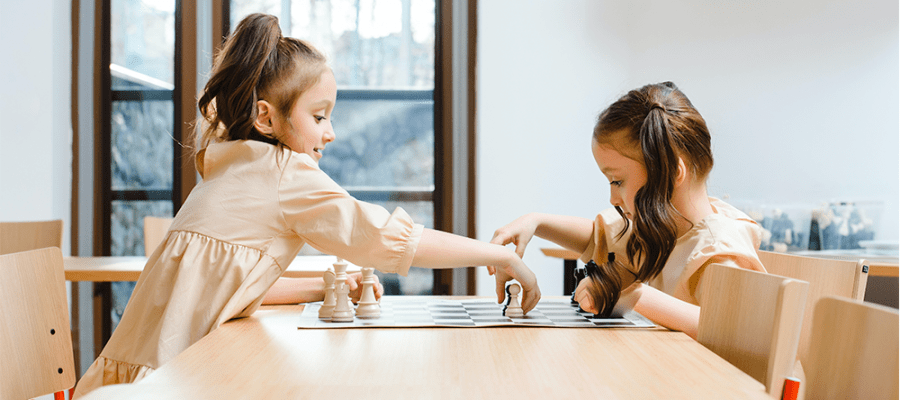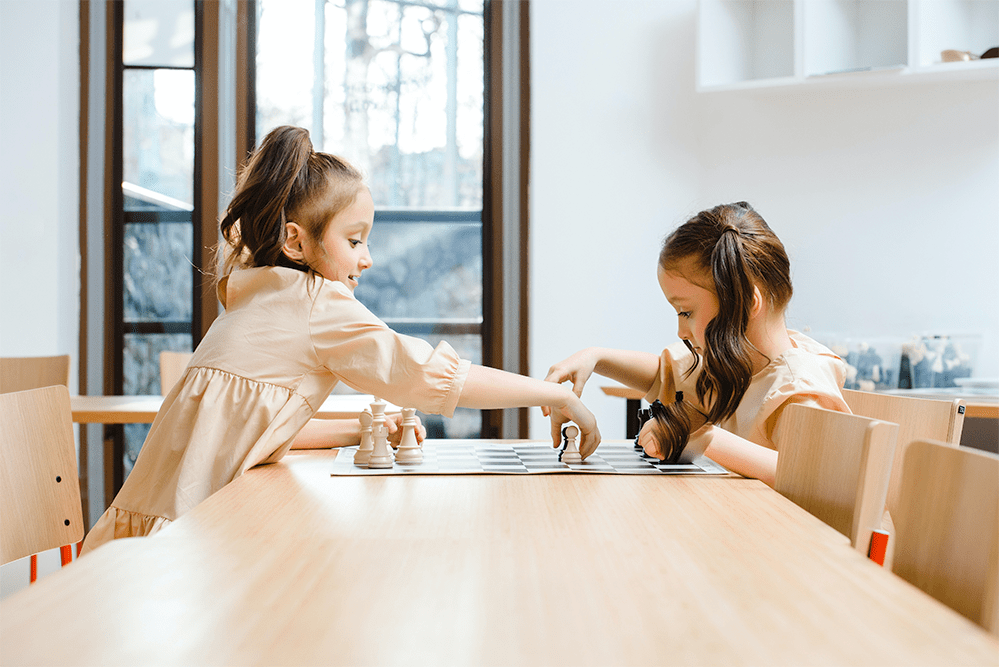You’re actually sharing your body and your space to trillions of microscopic organisms that live and die on your skin, on your office desktop, and even in your kitchen sink.
Think about it. You are never really alone.
Scientific data and research support this uncomfortable truth that is the wilderness of your body and your surroundings.
What is a microbiome?
A microbiome is the community of micro-organisms living together in a particular habitat. Humans, animals, and plants – even our surroundings, oceans, soil, and built environments have their own unique microbiomes.
Your body’s unique microbiome
Your body is made up of a plethora of microbes which even outnumber your human cells. According to Stanford microbiologist Justin Sonnenburg, there are about 10 microbes for every human cell inside our body. Your unique genetic data consists of 99% microbes and single-celled organisms such as archaea, as well as fungi, and even viruses that attack other bacteria.
As much as these bacteria need your body to survive. These microbial inhabitants are also vital to your health. For instance, a simple alteration or an abundance of the wrong kind of microbes in our digestive system can cause infections, obesity, or even worse, chronic diseases.
These microbes do a lot more to boost your immune system by playing a critical role. They help distinguish which ones are good or bad.
The microbiome of your home
The microbiome isn’t confined to our skins. It extends into the world around us. Just like your body, your surroundings are also made up of different microbiomes. This includes a unique set of bacteria, fungi, and viruses growing rapidly.
Jack Gilbert, and his colleagues, researchers from the University of Chicago, mapped out interesting findings in his Home Microbiome Project. The study found that homes and other built-in environments have their own distinctive microbiome, which comes largely from the people who occupy it.
The study also found that most microbes found in your home are dead or dormant because they have little water or nutrition to work with. You add billions of thriving microbes when you touch any surface in your home.
Again, similar to our body, each room in your house has different microbial communities. Your kitchen hosts a different set of microbiome than your living room. Our homes, our workspace, become reflections of our own microbial community.
Restoration, not wreckage
The knowledge of our body and our surroundings microbial ecology should change our attitude towards bacteria. Most methods to fight infections and diseases wreck our overall microbiome by fighting bacteria, without knowing that this in itself, is damaging our health.
Humans have a codependent relationship with microbes. As such, we should lean into more restorative ways of maintaining that harmony within our bodies and our surroundings.
Exploring antimicrobial powers of microbes
Different parts of the body have unique microbiomes. However different and unique a microbial community is for every individual down to every body part, recent studies show that we can take advantage of these and use it as a cure.
Scientists have found that Staphylococcus epidermidis, a bacteria commonly found on the skin, might help to protect against skin cancer. Findings also suggest that this bacteria can prevent skin cancer.
Perhaps the best and most widely used restorative microbe are probiotics. These are tiny microorganisms that deliver health benefits to our digestive system. This type of good bacteria is essential to our health. Taking the right amount of probiotics can aid digestion. Lactobacillus and the Bifidobacterium strains cure digestive issues such as constipation, lactose intolerance, ulcerative colitis, and more.
Recent studies have surfaced on the effects of probiotics as a sustainable way to step in for cleaning disinfectants particularly in hospitals and clinics. One study by Elisabeth Caselli and associates tested its effectiveness against common chemical disinfectants by applying a cleanser infused with non-pathogenic probiotic Bacilli. The study proved probiotic-based procedure is active not only in controlling surface microbial contamination but also in lowering chemical disinfectant-resistant species.
Another study by Italian researchers Vincenza La Fauci and colleagues echoed this statement including the following findings:
- Probiotics are ecological, easy to use, and biodegradable, green alternatives to chemical disinfectants.
- They survive on and colonize surfaces, combatting the population of bad bacteria
- They perform well on surfaces in the hospital environment that are subject to regular recontamination.
Both human microbiota and indoor microbiota are essential to our health. We have a powerful influence on our body and our environment’s microbiome – from the food we eat, the chemicals we clean with, and the products we buy. How we design and care for our body and the places where we live and work can impact the health of our microbial systems.
In a world where the presence of bacteria inside and around us is often associated with harm, it may actually be the opposite. The uncomfortable truth is in part, reassuring, rather than alarming. These little guys (most of them) could be our friend, hence not all are foes.
References:
- //microbiologysociety.org/blog/what-is-a-microbiome.html
- //www.nytimes.com/2013/05/19/magazine/say-hello-to-the-100-trillion-bacteria-that-make-up-your-microbiome.html
- //www.theguardian.com/news/2018/mar/26/the-human-microbiome-why-our-microbes-could-be-key-to-our-health
- //www.theguardian.com/science/2018/feb/28/common-human-skin-bacteria-could-protect-against-cancer-say-researchers
- //www.healthline.com/health/probiotics-and-digestive-health
- //www.ncbi.nlm.nih.gov/pmc/articles/PMC4757022/?report=classic
- //internationalprobiotics.org/can-probiotics-step-disinfectants/



